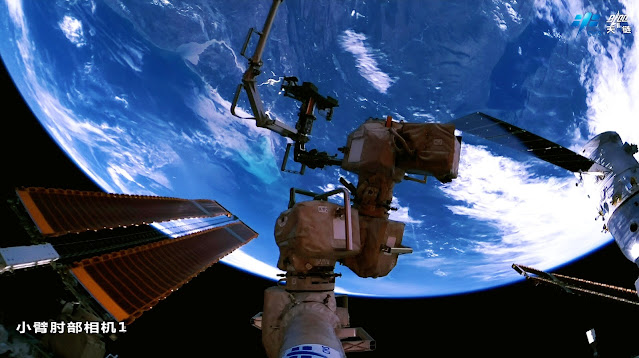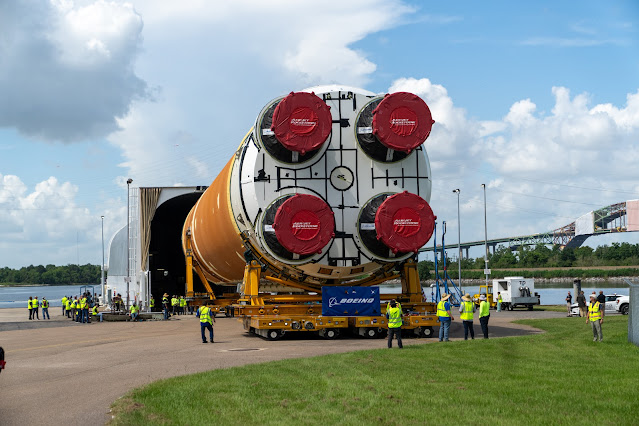NASA's Curiosity Mars Rover Explores Gediz Vallis Channel: 360 Degree View | JPL
Support FriendsofNASA.org: Drag your mouse or move your phone to explore this 360-degree panorama provided by NASA’s Curiosity Mars rover. This view was captured within Gediz Vallis channel. It was likely formed by ancient floodwaters and landslides. After Curiosity drove over a bright stone and cracked it open, scientists discovered it was filled with pure sulfur. It has never been seen on Mars before. (The rover has discovered lots of sulfur-based minerals in the past, but not pure sulfur). In the video, a separate image of the sulfur crystals appears embedded roughly where the rock was found; the camera’s view of the rock was blocked by the rover at the time this panorama was taken.
You will also see Curiosity’s robotic arm. It is raised after drilling its 41st hole at a location nicknamed “Mammoth Lakes.” The sample collected by Curiosity was dropped into instruments in its belly, and will help scientists understand how this area formed.
The rover used its Mast Camera, or Mastcam, to take this panorama on June 19, 2024, the 4,220th Martian day, or sol, of the mission. It is made up of 336 individual images that were stitched together. The color has been adjusted to match lighting conditions as the human eye would see them on Earth.
Note on best viewing: Not all browsers support 360-degree videos. YouTube supports playback on computers using Chrome, Firefox, MS Edge, and Opera browsers. For the best experience on a mobile device, play this video in the YouTube app. To improve the resolution, open the video settings (using the gear icon) and select the highest quality available.
Celebrating 11+ Years on Mars (2012-2024)
Duration: 1 minute, 30 seconds
Release Date: July 18, 2024








APoD.jpg)
















.webp)











